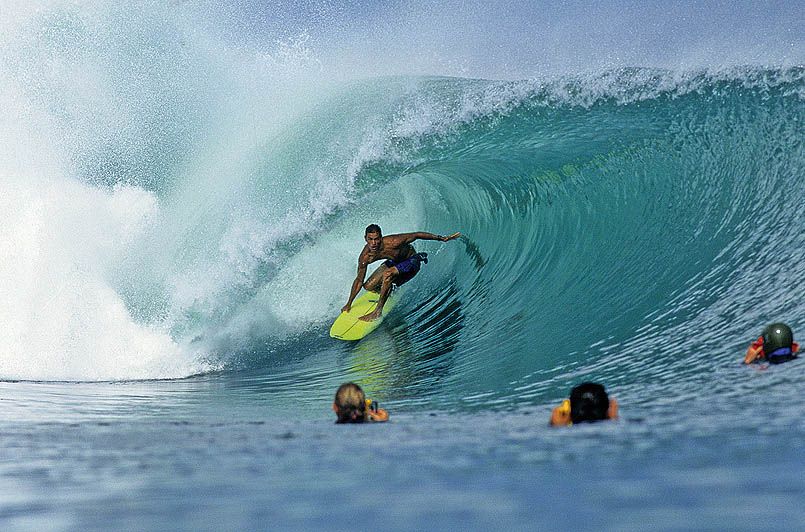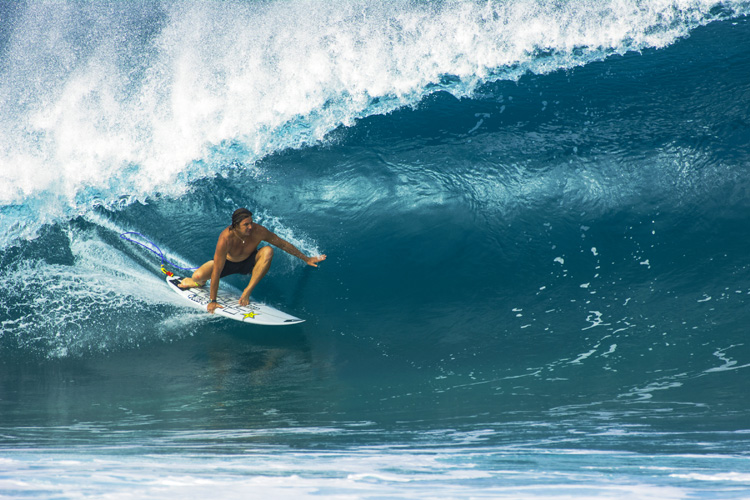The modern madness of surfing has led the industry to the invention of extreme boards, such as separate cones under the surfboard, scientifically proven to give surfboards the best performance in a variety of wave conditions. Surfboard cutters have applied the principles of hydrodynamic engineering and modern cutting technology to produce filter boards with performance features that have never been seen before. Additional hydrofoil board emphasis is therefore focused on the development of certain surfboard elements that have not received so much attention in the past.
One of these is under the surfboard. It is part of a hydrofoil board that is in contact with waves. There are a few low links or configurations in existing board designs today. Even though each of these compact designs can be used on any type of surfboard, some cones work best on a particular type of board.
Flat Bottom
The surf boards were originally shaped with flat bottoms. As the name implies, the bottom boards are flat, with no contour, resulting in a very fast board. Low-level surfboards are often used for small mushy waves where you need that extra speed. Flat bottoms are not ideal for big waves because when the waves get bigger and faster, you will not have to worry about speeding but more about being able to control the speed board.

The flat bottom usually works well on all types of surfboards and is specially selected for heavy-duty divers who are overweight. If you are a newborn, a flat bottom board will also be much better for you as these boards are more stable and easier to learn from. Some surfboards are designed with Flat hydrofoil board bottoms that use the entire length of the surfboard, from nose to tail, while other designed boards have flat surfaces that are connected to other lower contours.
Single Concave Contour
A filter board with a single collar has a single curved shape facing the board running to the tail. This contour allows water under the board to flow to the channel that pushes water from the nose to the nostrils and releases the tail, thus speeding up the board. Water is prevented from being released from the rails, producing lift and additional speed. One concrete design is dedicated to providing high-speed surfboards, making them ideal for medium, durable, and clean. That is why concave single contour is a popular choice for divers who dare to paddle firmly into a wave pack. Long boards usually have this spear near the front of the surfboard so that it is easier to climb the nose.



